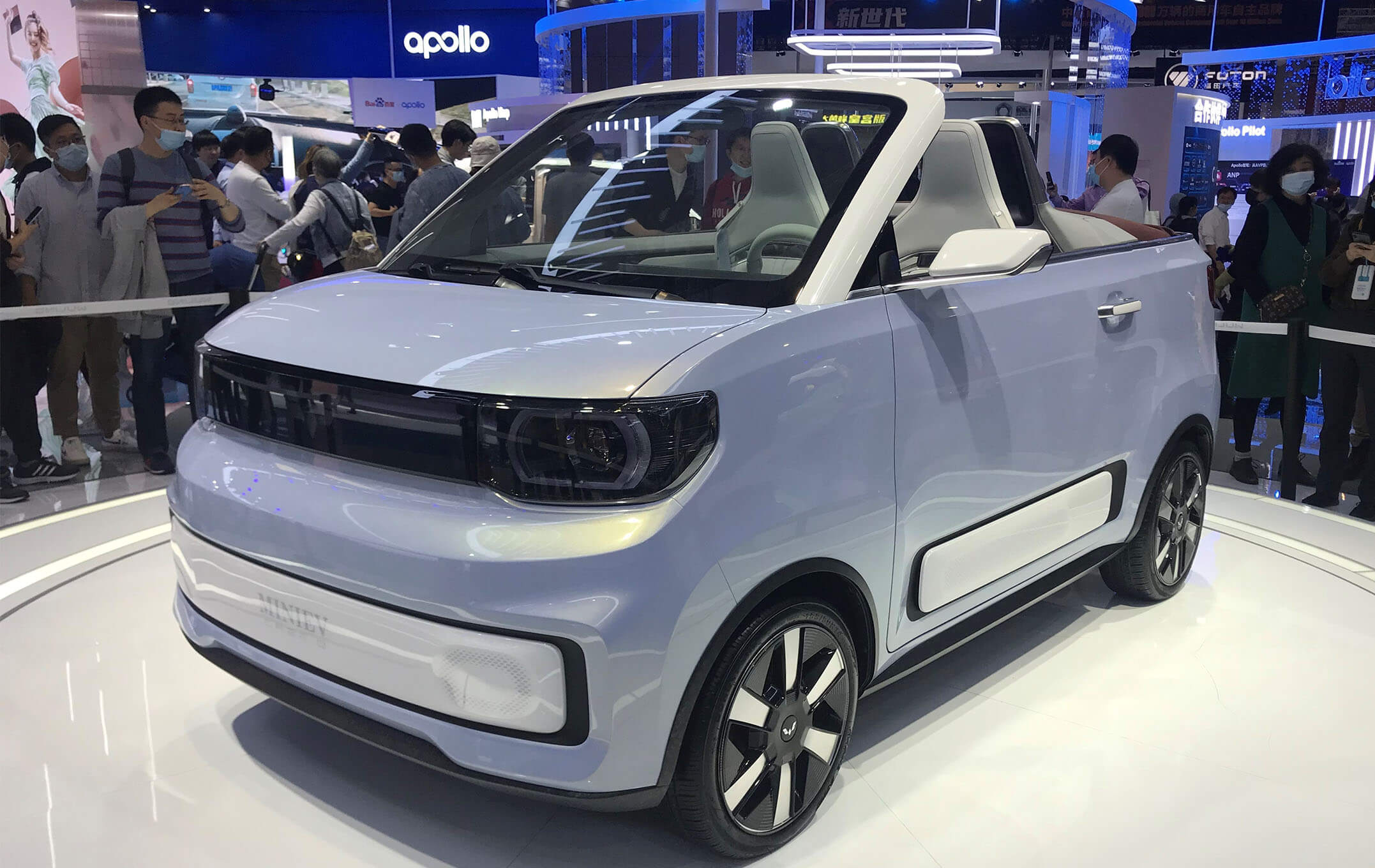Suzuki and Yamaha Boosts Production: The Hidden Strength of the Third Largest Economy
Related Articles
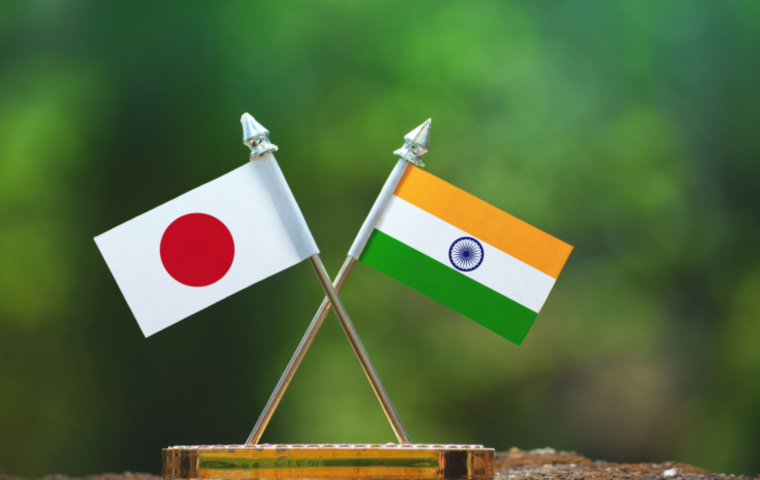
“Recently, there’s numerous inquiries regarding India. We’ve never seen so much enthusiasm from Japanese companies,” says the surprised megabank staff who surveys Japanese corporate expansion into emerging countries.
With over 1.4 billion people, India is expected to surpass China and become the most populous country in 2023. Moreover, its 950 million working population, from age 15 to 64, is almost 70 percent of the total population. Both as a consumer market and a production site, India’s potential follows China. In fact, the International Monetary Fund (IMF) predicts India will overtake Japan by GDP and become the third largest economy in 2027. According to the survey released in December 2022 by the Japan Bank for International Cooperation (JBIC) on overseas investment by Japanese manufacturers, India beat China and became the top candidate as the country/region for business expansion within the next three years. As Japanese companies jump on the bandwagon for the coming huge market, the “advance into India fervor” continues to intensify.
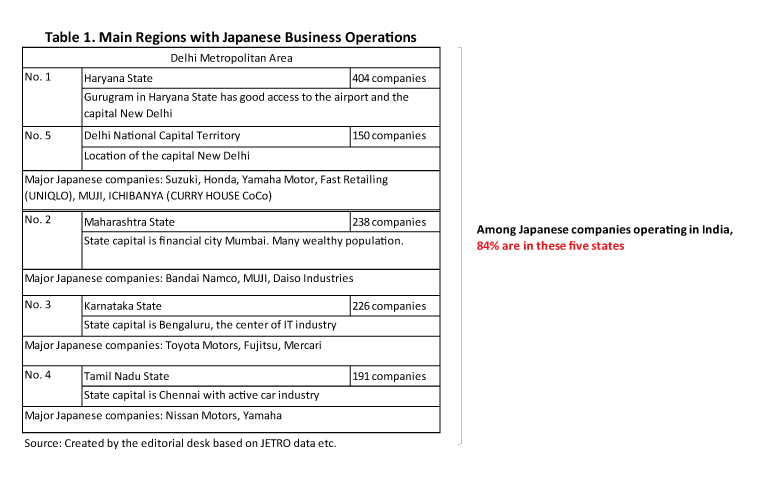
Keyboard for Playing the Sitar Becomes a Big Hit
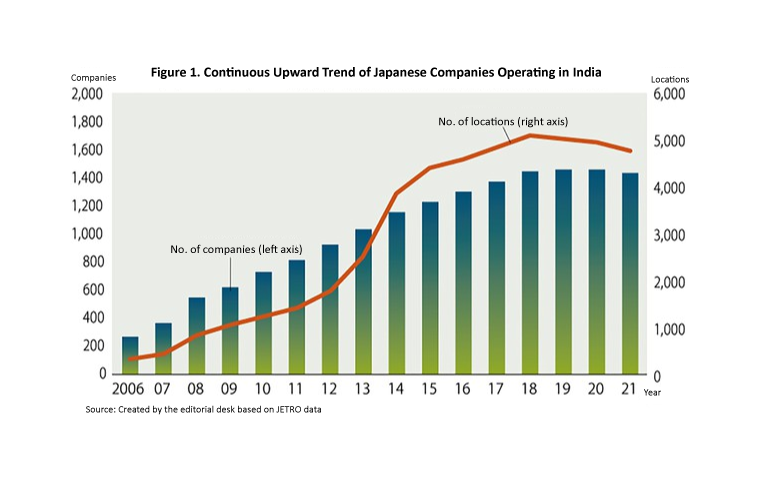
Japanese companies operating in India have tremendous enthusiasm. Suzuki, boasting almost 50 percent share in India’s automobile market and said to be the most successful case of Japanese corporate expansion into India, aims to produce one million units a year at the new plant which will operate from 2025. The company’s annual production is expected to increase significantly from the current 2.25 million. Director Kenichi Ayukawa of Maruti Suzuk i in India explains, “Despite being one of the most populous countries in the world, India’s car ownership is only 3 percent. There are still big gaps between urban and rural areas, and the rich and the poor, but the middle class is emerging and there is great potential.”
In 2017, the music instrument manufacturer, Yamaha, began construction of its Chennai plant in southern India and started full-scale production in 2019. By developing India-exclusive keyboard models that play the sound of percussion instrument tabla and string instrument sitar, Yamaha has increased its sales. Yamaha Music India Managing Director Hiraoka explains, “They are essential instruments for playing traditional music at weddings and other events.” Like Japan during the high-growth period, there are more people who want to learn the Western-style piano, and booming music classes are also contributing to surging demand for musical instruments.
India is also attractive as a promising manufacturing and export base for emerging countries in the Middle East and Africa. Suzuki Motor exports 15 percent of its cars produced in India to Africa, Latin America, and the Middle East. The Japanese-style kaizen (continuous improvement) activities have taken root in Suzuki’s India plant, and the product quality is already on a par with the plants in Japan. In fact, the global strategic compact car Baleno has been exported and sold in Japan from 2016 to 2020. Since Baleno did not have the four-wheel-drive setting required in Japan, it was only sold for a short period. But Ayukawa has high hopes, saying, “I believe there will be more opportunities for export to Japan.”
Likewise, Yamaha expects its plant in India to not only to serve as a base for “local production for local consumption,” but also as a gateway for shipment to the Middle East and Africa. This is because southern India especially shared cultural similarities with these regions from the old times.
India’s another advantage is the “environment for English communication,” according to Hiraoka. The office staff talk in English and documents are also written in English. Within the plant, the workers may speak in the local language among themselves, but English as the “official language” makes running business easier.
China, previously positioned as the “world’s factory,” has increasing geopolitical risks from the U.S.-China conflict. Manufacturing in India is also effective in terms of risk-diversification.
In the JBIC survey mentioned earlier, there is a decrease in the challenges for investing in India the respondents had cited in the past, such as “unclear operation of the legal system” and “complex tax system,” showing recognition for the government’s progress in administrative reform. In the 2013 survey, about 60 percent of the companies said “lack of infrastructure” was an issue, which dropped to 32.8 percent in the latest survey.
With the COVID pandemic, moves by Japanese companies to advance into India have slowed down. According to JETRO’s 2022 survey of Japanese companies operating in India, the number of companies conducting business in the country has decreased for the first time since the survey began in 2006, while the number of company locations fell for three consecutive years. Some Japanese companies have had the locals take over the operation and sent their staff back to Japan, or merged company locations by promoting digital transformation (DX).
Taku Hiroki, in charge of surveys at JETRO New Delhi, says, “Companies in no small numbers chose an organizational review because of the COVID pandemic. But I guess it’s a temporary factor.” In the 2022 survey on Asia and Oceania regions, 70 percent of the respondent companies said they will expand business in India. Hiroki points out, “I believe this will increase again in the future. When considering additional investments in India or China, India will be deemed more promising.”
The Pitfalls of the Indian Market
However, it is true India has challenges different from other emerging markets.
“Even companies with business experience in China and Southeast Asia find the Indian market entirely different,” says Tomio Isogai, who has been Sharp India’s Managing Director for roughly five years. After retiring from Sharp, he became an independent management consultant in India.
The first thing Isogai points out is India’s deeply rooted “sense of a global power.” Without this understanding, there is no business success. When we look back on history, the deities of Hindu that originated in India have influenced the surrounding regions. For example, three of them are included in Japan’s Seven Deities of Good Fortune. The country had strong ties with Imperial Russia and the former Soviet Union, and during the closed economy after World War II, it had been poor but self-reliant. The awareness as a global power thus cultivated emerges in every aspect of business in India.
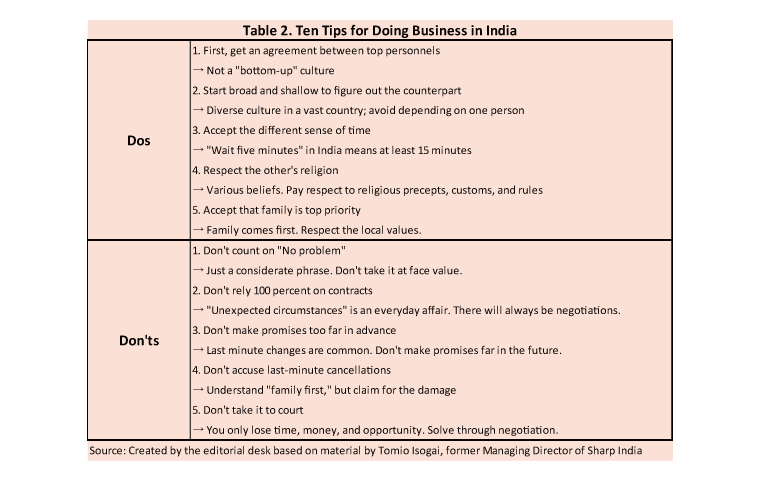
According to Isogai, the mistake Japanese companies often make is forcing Japanese-style management on local operations. “In Southeast Asia, the government and the private sector do as the Japanese companies say. They welcome Japanese companies for technology transfer and job creation, but that’s not how it is in India. The people insist on “their view,” and projects often stall.” Isogai claims that to do business in India, understanding the Indian mentality, customs, and culture is vital. Table 2 shows the “Ten Tips for Doing Business in India” according to Isogai.
Meanwhile, Isogai also says, “Japanese and Indians may seem complete opposites, but if they form a good partnership, they can complement each other with their advantages, and create strong manufacturing businesses and industry.” For example, if flexible Indian thinking meets Japanese manufacturing culture that values accuracy and perfection, it could generate significant strength. This may be an important lesson for Japanese companies entering India.
This is a translation of the Japanese article published on January 10, 2023 on the Weekly Economist Online.
(Daisuke Ando and Yuka Kato, Weekly Economist editorial desk)

